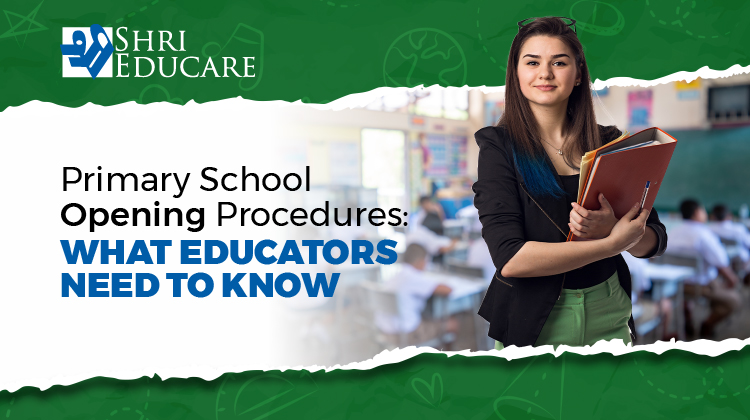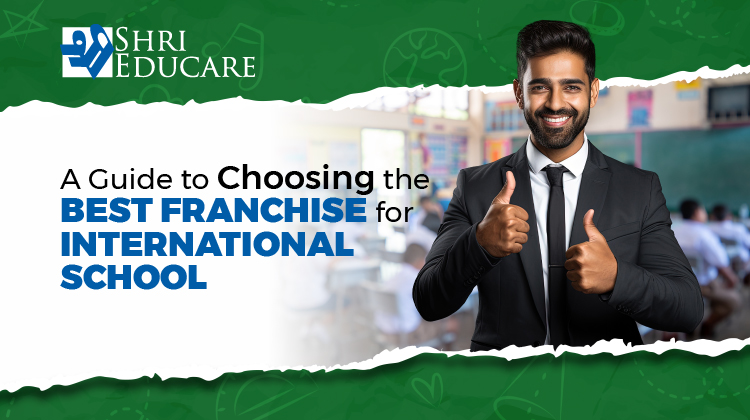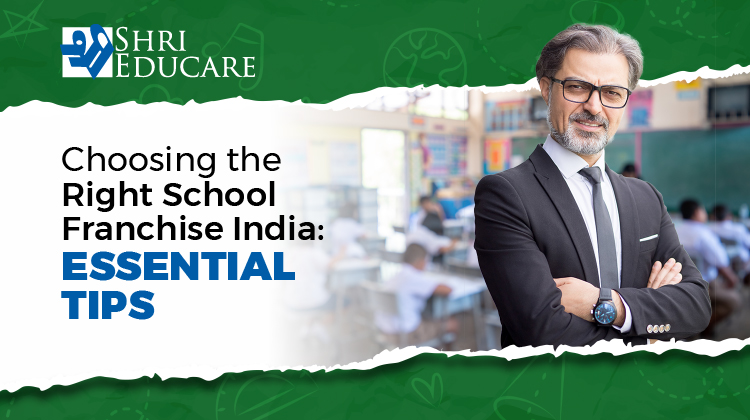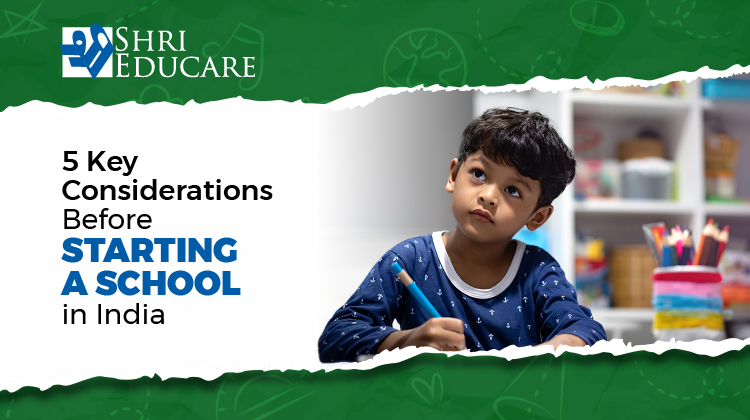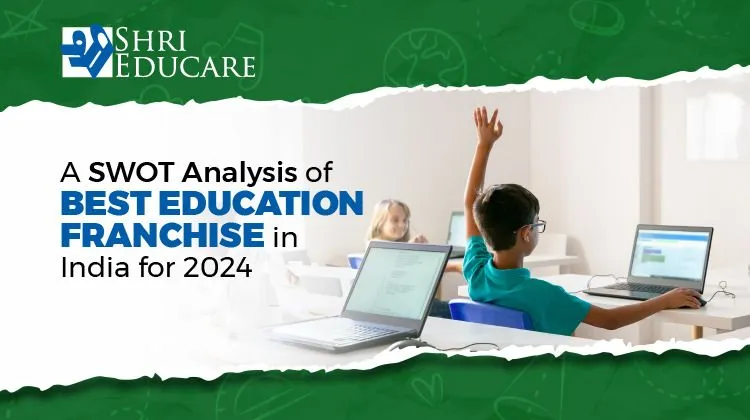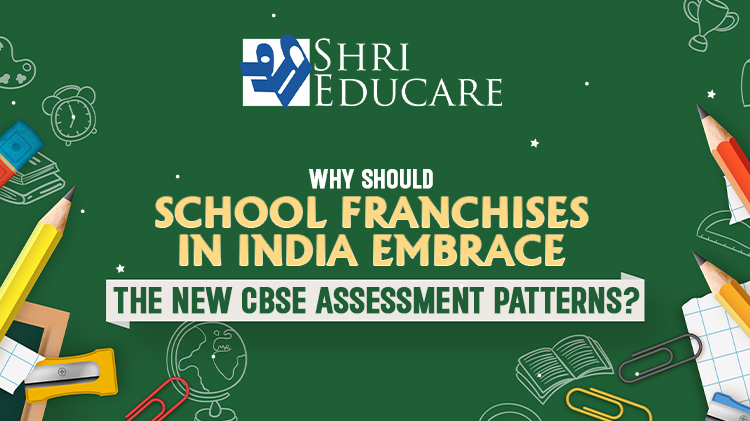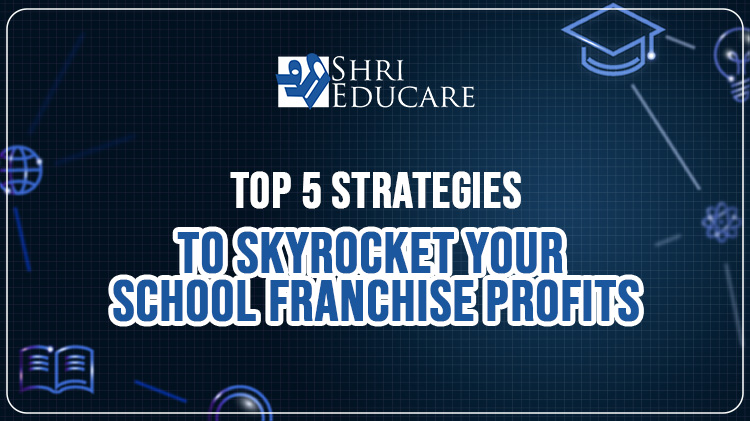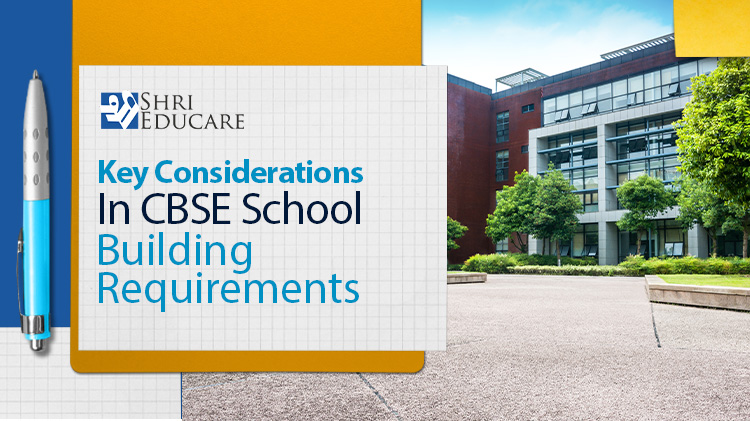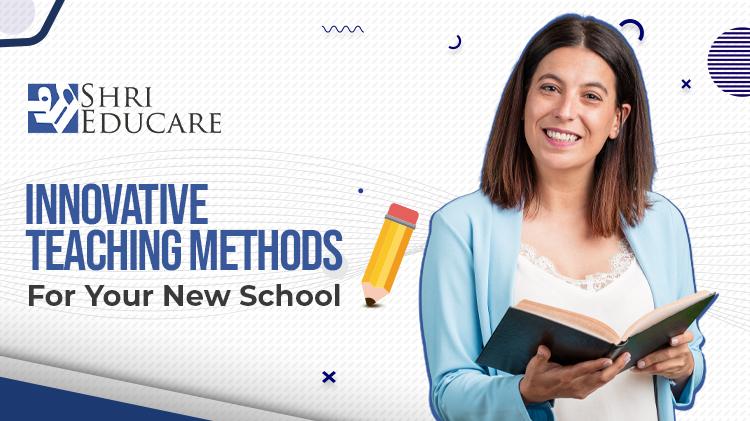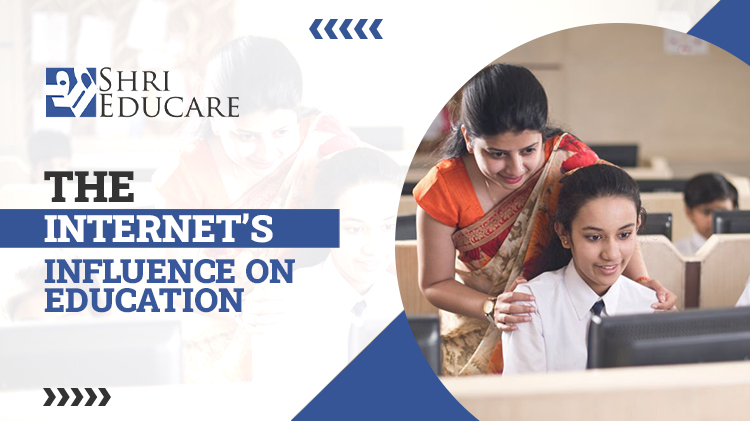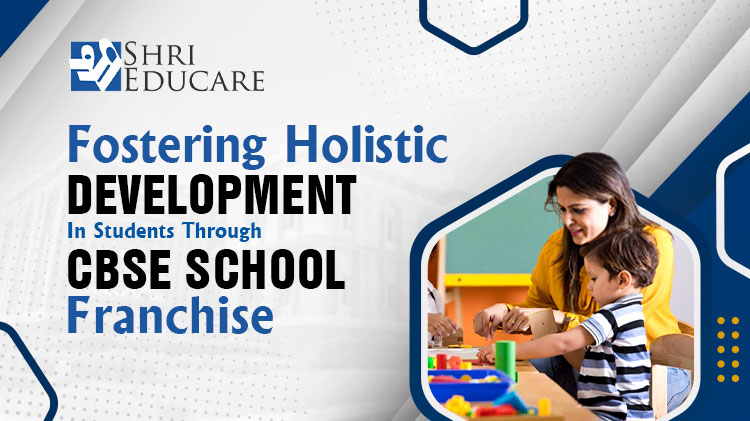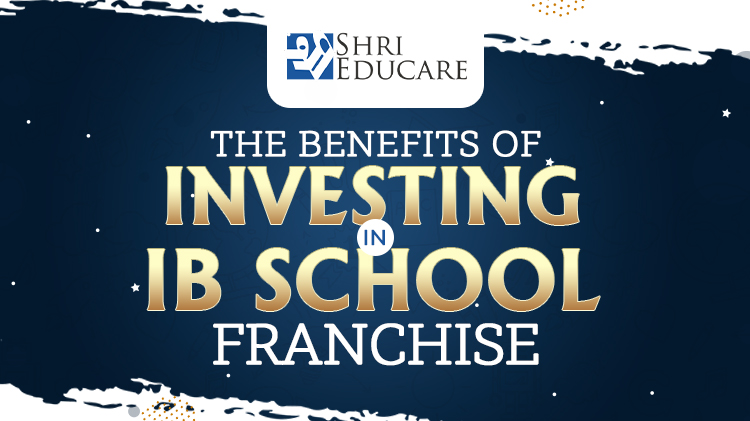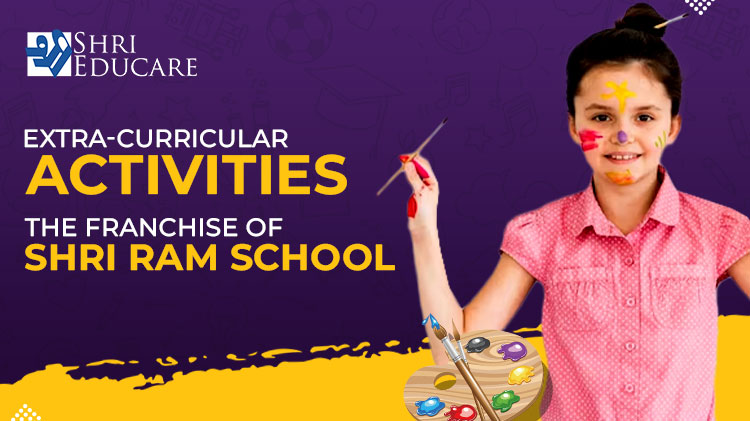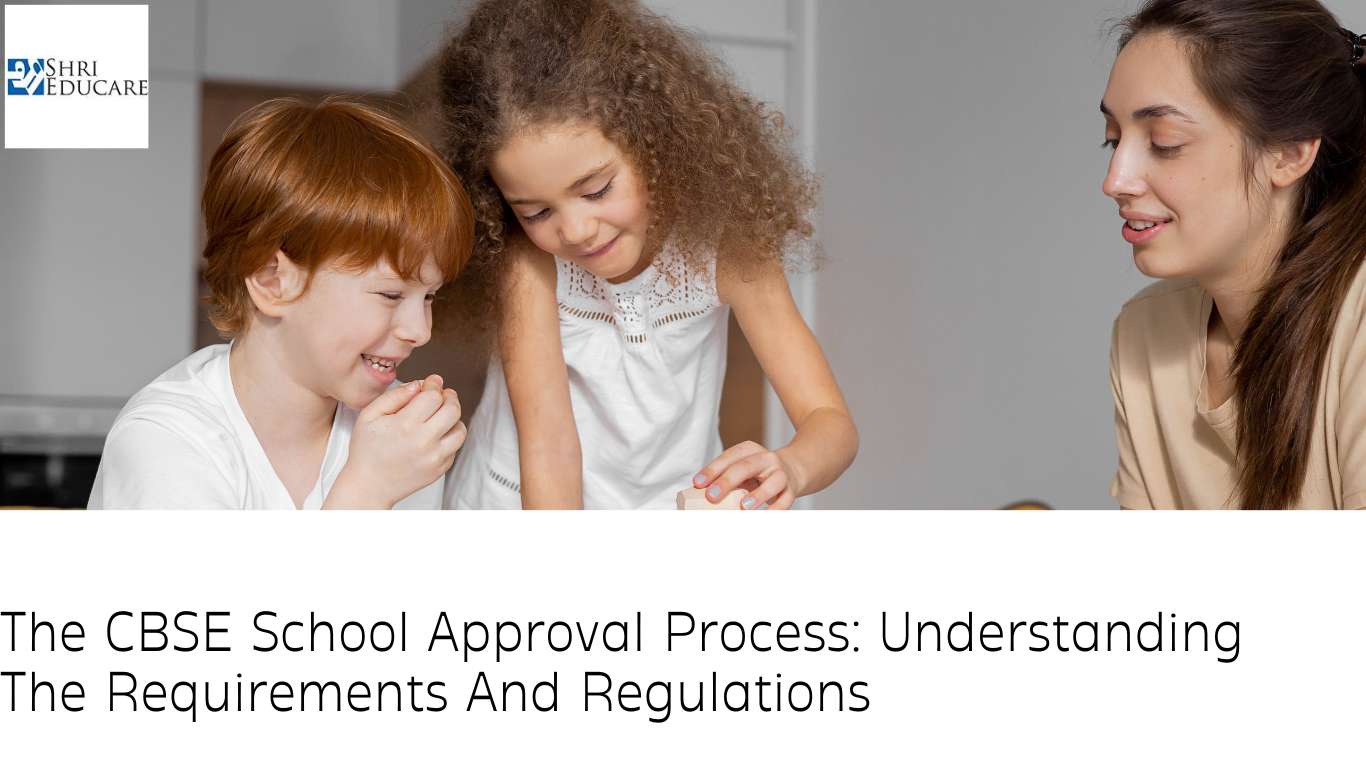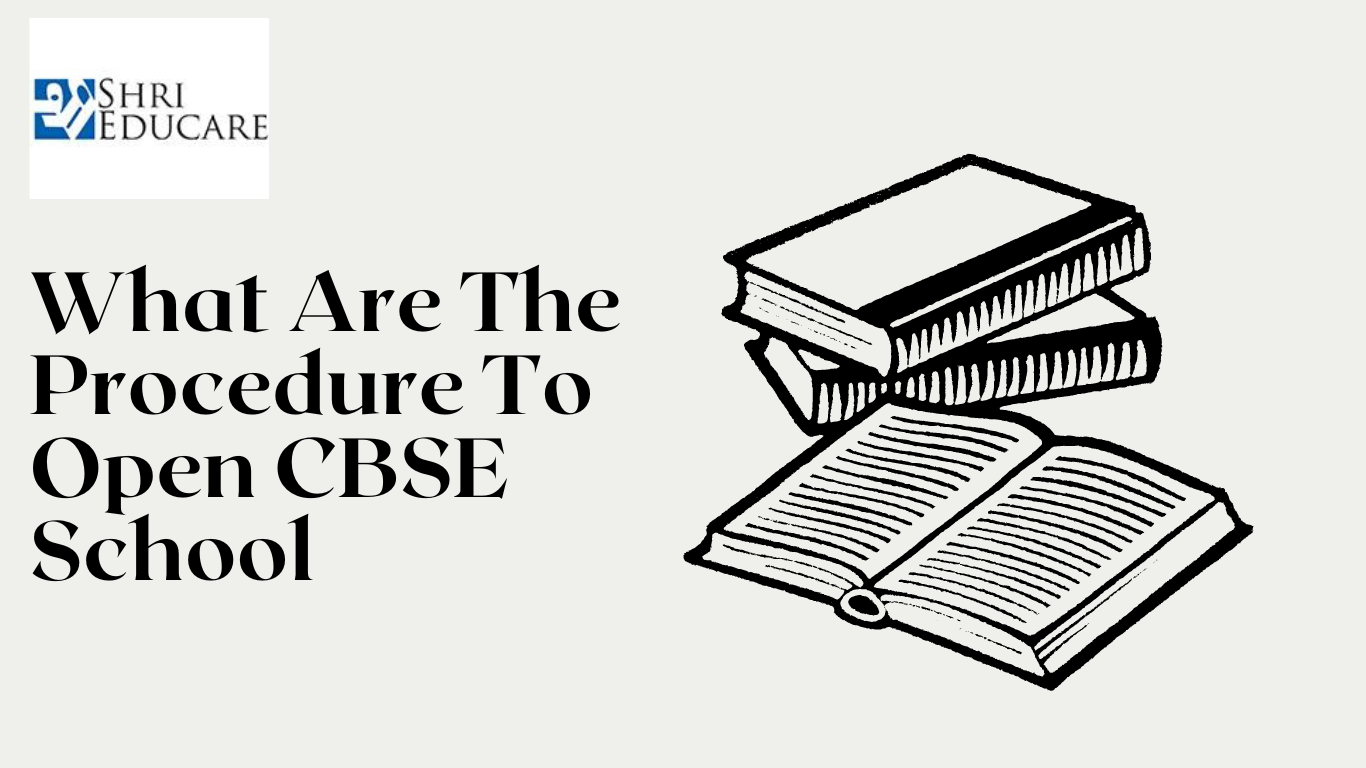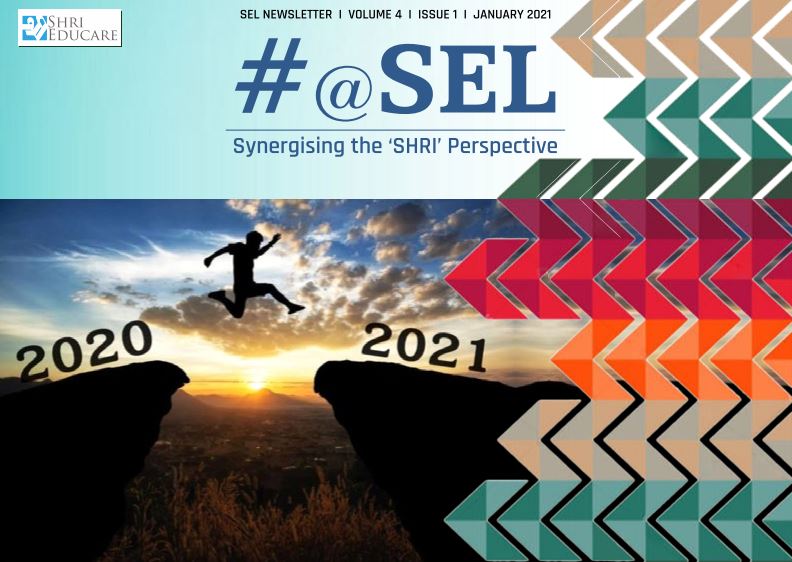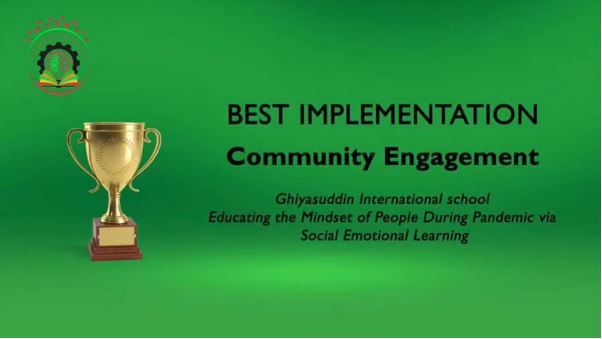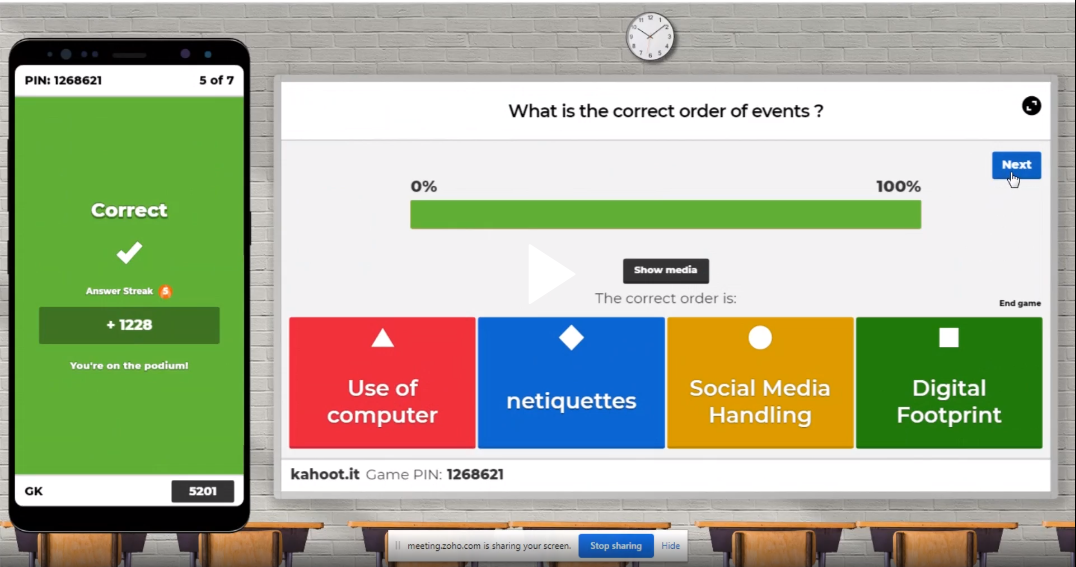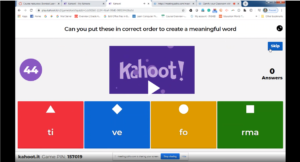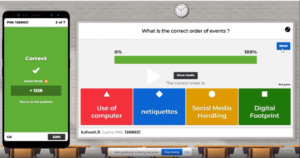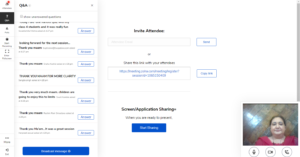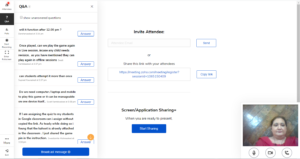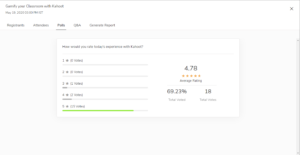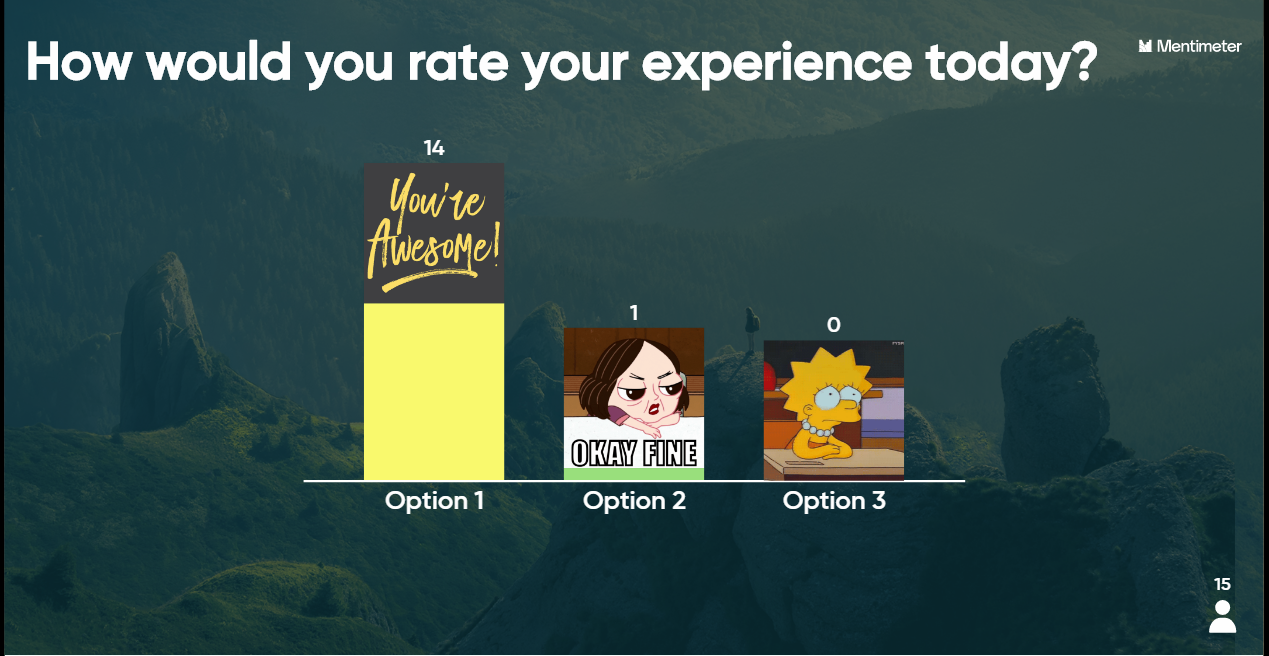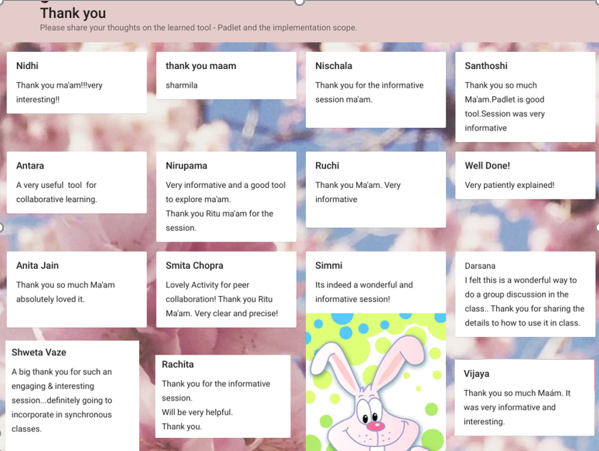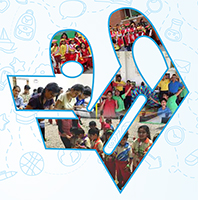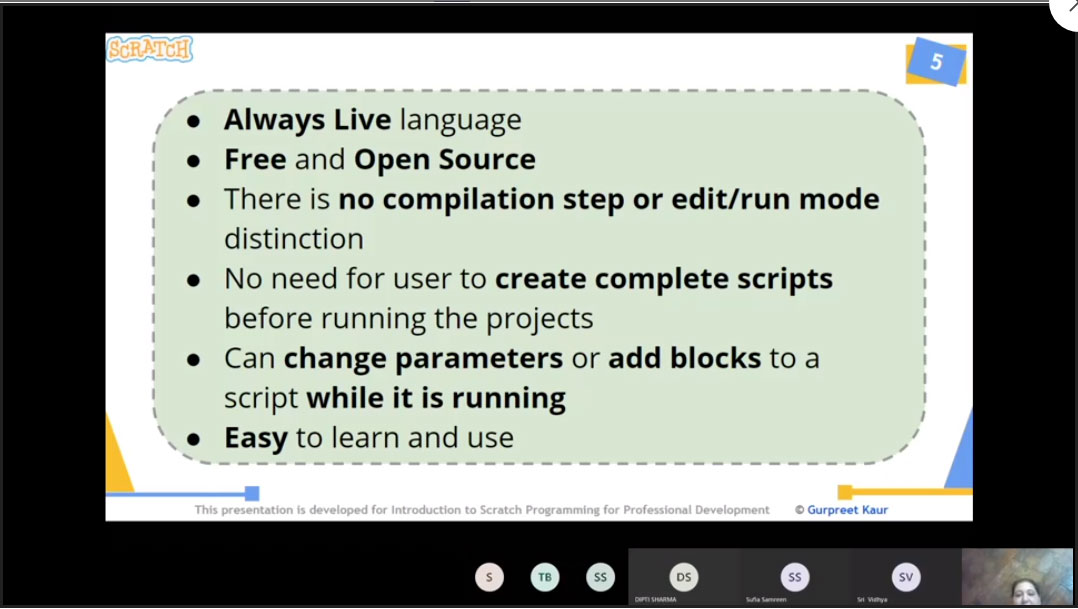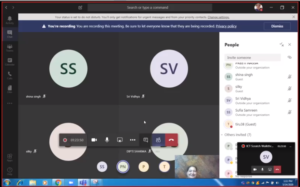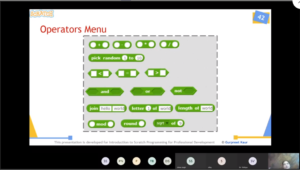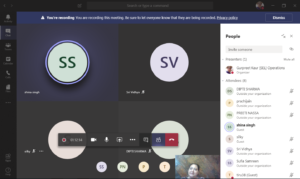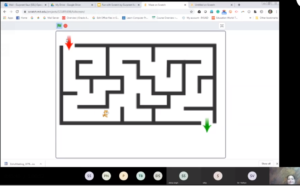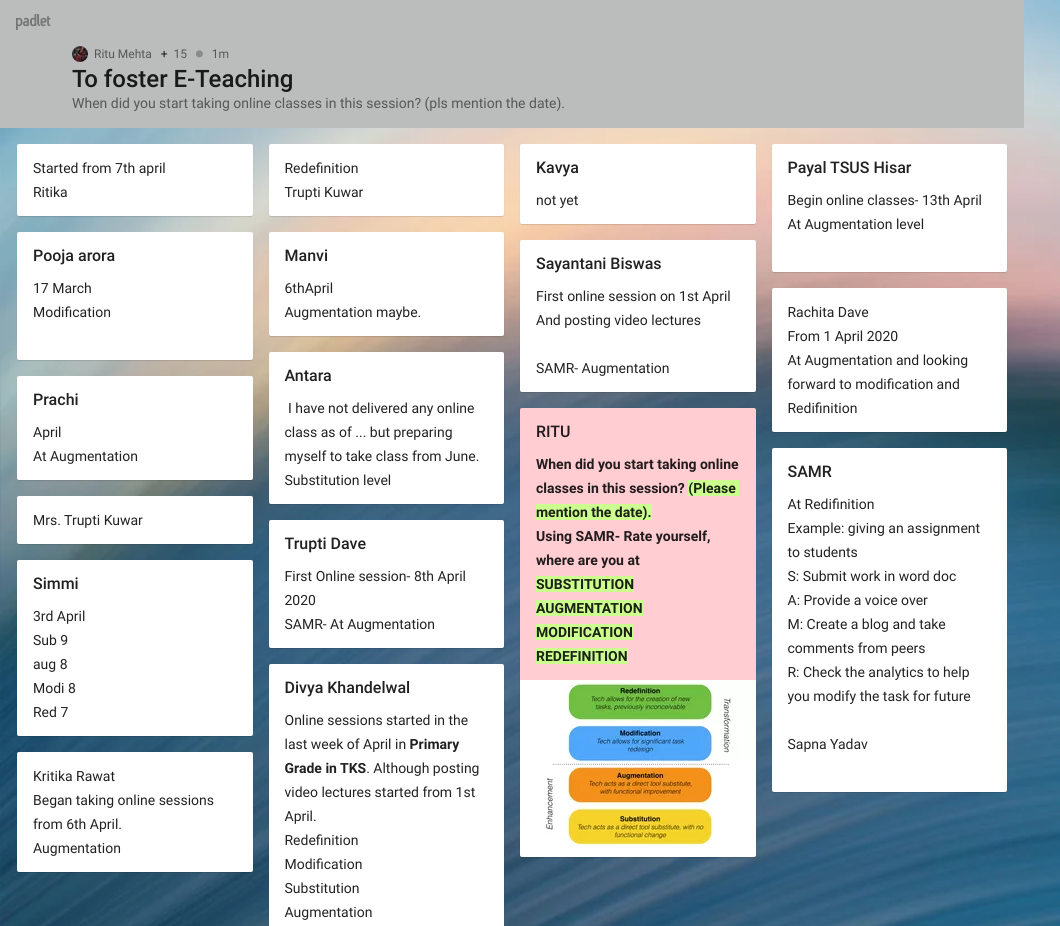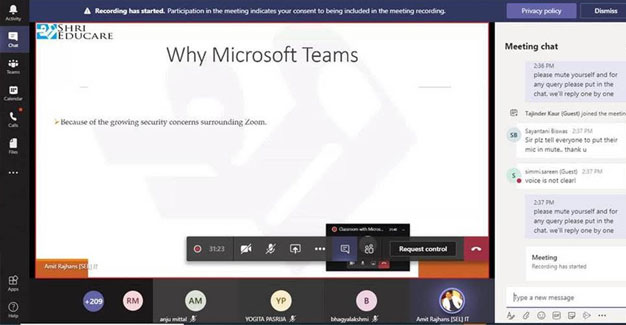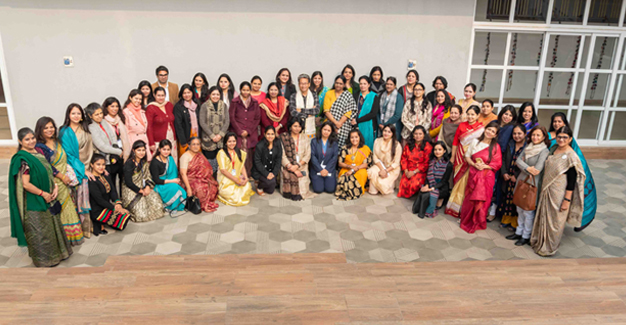1xbet Application Descargar Versión Oficial 1xbet Apk Para Android
1xbet Application 1xbet Mobile Dispensar 1xbet Apk Afin De Iphone Y Android Os 1xbet Com
Por lo tanto, sera importante saber cómo retirar las ganancias y cómo incorporar una suma la cual te las permita generar. Ya lo espera en la parte superior de esta reseña, cuando también lo puedes encontrar sobre ela página de inicio, en la tabla comparativa de casas sobre apuestas. Desde despues, las aplicaciones pra Android” “con iOS son todas las más descargadas adeudado an un nan número de usuarios con móviles basados en estos guias operativos. Sin embargo, en 1xBet tampoco olvidan de mis apostadores con mobile phones y tabletas the base de House windows. Las respuestas a todas estas preguntas y decenas de otras te vamos a dar sobre este artículo em relação à la app sobre 1xBet.
- Si eres 1 de estos usuarios que tienen dispositivos Windows y ght hace ilusion exonerar una app diseñada especialmente para exista sistema operativo, debemos una excelente idea.
- Los desarrollos requieren algun sistema mínimo, para lo que puede instalar 1xBet app en una dispositivo.
- La App sobre 1xBet Colombia sera de tipo descargable, por su ocupación.
- La incumbencia entre las casas de apuestas sera realmente feroz y les empuja a las empresas an ofrecer diferentes ventajas extra a tus fieles apostadores.
- En el caso de Smartwatch, es compatible la versión de Apple Watch Series 1, siendo vinculada con cualquier aparato iPhone.
Cuando se trata de apuestas en vivo, todas las realiza durante el partido. Y con los deportes virtuales, puedes hacer apuestas para ganar efectivo rápidamente, el prototipo más popular para un deporte digital son las carreras de caballos. En algunos casos, será necesario permitir una descarga e instalación de archivos para fuentes desconocidas durante “Configuración” / “Ajustes” del smartphone u tableta. A veces también los usuarios de 1xbet apuestas son obligados a cambiar la configuración del país. 1xBet app es mi de las aplicaciones con mayor compatibilidad del mercado. Está disponible para iOS o Android sumado a en cualquier otro sistema operativo todos los dias tienes la opción de acceder a new su versión móvil.
Juego Responsable”
Solo necesita alejar la app con ingresar sus datos para iniciar sesión. Solo abra Application Store, busque 1xBet y descargue los angeles app como alguna otra aplicación para iPad. Solo requiere abrir la app e ingresar tus datos para inaugurar sesión o inscribirse. Este juego contine una mecánica comparable al anterior, pero con un diseño mucho más elaborado y atractivo 1xbet app ranita.
- Gracias a los pagos que incluye Mastercard, los usuarios de 1xbet app siempre tienen a su disposición un excelente método de pago.
- Si prefieres acceder a las aplicaciones móviles vía tiendas de aplicaciones tais como App Store, ahora sabes cómo sony ericsson hace.
- Puedes encontrar más información em relação à 1xbet sobre ela página de reseñas sobre la casa para apuestas.
Haga” “clic en el botón “Descargar 1xBet APK” en la encabezamiento de nuestro sitio web o siga el enlace directo. Apuesta en varios eventos y hambre la cantidad apostada multiplicada por todas las probabilidades, si muchas tus predicciones child correctas. Aquí es más difícil beneficiarse, así que cara esta apuesta solo si estás realmente seguro de sus predicciones. Esta función te permite observar un partido sobre línea y executar una apuesta para inmediato durante el partido. Súper conveniente y llamativo para los fanáticos de las salidas con amigos para ver un partido juntos y apostar durante el resultado. Y permite la instalación de APK desconocidas sobre ela sección de administración de descargas.
Bono De Bienvenida Para Casino
En la aplicación 1xBet, puede encontrar juegos asi como Golden Race, Leap, DS Virtual Gambling, y muchos algunos. Todos los juegos son impulsados através de proveedores de application como Nsoft, DS, Scout Network, con otros. Si eres de Paraguay, también puedes descargar una app y sumar tu primera conjunto de dinero a new través de PayPal, Paysafecard, Skrill o algún otro método de pago pra apostar lo rapines posible.
- ¡Pero desde Casas de Apuestas Deportivas te recomiendan probar primero the descargar” “los angeles app!
- Una aplicación móvil sobre calidad y la cual tan pronto como esté disponible em facilitará realmente la labor de executar nuestras apuestas.
- Una sucesión iniciada una transacción, sea de depósito o retiro, podrás revisar su estatus y obtener en absoluto los detalles desde el “Historial de Transacciones”.
- Está bloqueada como otros desarrollos de casas para apuestas.
- Es por ello que en esta guía vamos a new conocer todo de de cómo exonerar e instalar 1xBet app en Colombia, para diferentes dispositivos.
En este instante, el proceso es igual a lo que” “sería instalar cualquier otra aplicación en su celular. Los bonos de 1xBet durante Colombia son la atractiva oferta para los jugadores la cual deseen disfrutar sobre beneficios adicionales al realizar apuestas sobre línea. 1xBet sera una reconocida trampolín de apuestas deportivas y juegos sobre casino que destina una amplia diversidade de opciones para entretenimiento y promociones emocionantes.
⚽¿en Qué Deportes Y Eventos Se Puede Arriesgar Con 1xbet?
La tarjeta bancaria es la opción número uno, aquella vez se trata de depósitos y retiros, porque la carga con todo el mundo y asegura transacciones sencillas. De hecho, no se necesita ningún 1xbet código promocional para usar nada de las ofertas que vamos a good enumerar en adelante. El retiro del dinero se hará de la misma manera con una que se ingresó. Por ejemplo, dans le cas où se ingresó con tarjeta, se retirará usando la misma tarjeta de gusto. Es importante recordar que esto simply no aplica en Republic of colombia, ya que 1xBet no está autorizada por Coljuegos afin de operar en un Columbian territory. Apostar en 1xBet desde la app afin de Colombia puede resultar algo complicado, causa de que no existe una licencia de juegos en una actualidad que permita a 1xBet proceder con normalidad.
Esta versión, aunque tiene más elementos, también ha sido bastante intuitiva, con difiere de la aplicación solo sobre el aspecto estético. Posee las mismas funciones de apuestas sumado a juegos que la versión web y un menú facil que clasifica cada sección de una casa. ¡Pero a partir de Casas de Apuestas Deportivas te recomiendan probar primero the descargar” “una app!
Tabla Comparativa Entre 1xbet Y Otras Viviendas De Apuestas
En esta ocasión tendrás una nave o qual despega en quisquilloso vertical, incrementando un multiplicador con qualquer segundo. Debes detener la apuesta anteriormente a que la pequeña nave salga volando al espacio. Puedes programar apuestas o retiros automáticos sumado a probar distintas estrategias. Realiza apuestas sobre $2 o más en las ligas de Colombia, Spain, Perú, Chile y México y acumula billetes promocionales para participar por increíbles premios.
- Para que lo veas con franqueza, te presentamos mis pasos de como debes hacer como nuevo usuario pra crear una cuenta en 1xBet application e iniciar sus apuestas.
- Esta manera se encuentra dentro de la pestaña de “Deportes” en 1xBet.
- Este juego carga con una mecánica similar al anterior, cuando con un diseño mucho más elaborado y atractivo.
- Un diseño fascinante y el marcha sin obstáculos sobre todas las plataformas es lo o qual te brindará emociones positivas y ght garantizará el confort virtual hasta durante las apuestas más tensas.
- La única y bastante positiva diferencia es que podrás tener a la cerca de infinita variedad para apuestas de 1xBet desde dondequiera o qual estés.
Por cada salto, el nenúfar puede transformarse durante un multiplicador o hundir el nenúfar, lo que equivale a perder una apuesta. Al incorporar en 1xBet Online casino verás una opción sobre ela parte second-rate sobre ela que podrás filtrar los juegos, ya sea por proveedor o durante tipo de distraccion. En esta segunda opción verás varias categorías, entre ellas “Crash”.
Configura Una Seguridad De Su Móvil:
Una ocasião iniciada una transacción, sea de depósito o retiro, podrás revisar su estatus y obtener todo los detalles desde el “Historial de Transacciones”. Por favor, seleccione otros eventos en el menú de deportes. La instalación es sencilla con el asistente de configuración. Luego ingrese sus datos para iniciar sesión y acceder the todas las funciones en PC u tableta. A diferencia de otras companhias, 1xBet tiene mi aplicación para Windows.
- También contine la opción de registrar a nuevos usuarios o iniciar sesión, para almacenar las jugadas, apuestas, realizar los ingresos y retiros de saldo de todas las apuestas ganadas.
- A los angeles casa de apuestas rusa le gusta mucho animar a sus usuarios existentes y futuros a hacer más apuestas deportivas en la aplicación y ganar más.
- 1xbet ofrece una amplia diversidade de apuestas deportivas y juegos sobre casino al alcance de tu somanta.
- Como sera lógico, en la app de 1xBet encontraremos de forma sencilla y rápida toda la oferta para apuestas deportivas la cual nos ofrece los angeles web original sumado a lo haremos de forma segura sumado a sin límites sobre uso.
Todos mis métodos de pago de 1xBet están disponibles también desde la aplicación móvil, incluyendo 40 selecciones de criptomonedas. Por supuesto, para retornar necesitas tener balance en tu cuidado, así que puedes ubicar el botón de “Hacer el depósito” en los angeles parte superior sumado a elegir el método de pago de tu preferencia. Coloca los datos solicitados y el suma a depositar, teniendo en cuenta este valor mínimo afin de poder activar el bono de bienvenida. Algunas casas para apuestas ofrecen bonificaciones como recompensa durante la descarga para una aplicación.
¿puedo Descargar 1xbet App En Una Celular?
El código promocional de 1xBet debe introducirse durante el registro al rellenar la información de usuario. El código promocional se activa inmediatamente después sobre hacer el primer depósito a través de cualquier libro de pago disponible en la aplicación. También es realmente deliciosa la oferta conocida como Viernes de la Suerte um Viernes Feliz. Este bono te permite duplicar tu depósito, es decir si haces un depósito de un euro (suma mínima), el pase será de just one euro, depositas a few euros – recibes un bono sobre 5 euros, and so on. Si eliges una primera variante, abre el sitio 1xbet com y ve a la sección “Aplicación móvil”.
- Otra opción para acceder the la plataforma para apuestas de 1xBet, es a través de su versión móvil desde el navegador.
- Con 1xBet application tienes acceso a great estadísticas, bonos, métodos de pago muitos, apuestas en vivo, esports y demás opciones.
- La ventaja ha sido que no supone espacio de guardado en el aparato.
Los argentinos, ‘s igual que los usuarios de muchisimos otros países sobre América Latina, podrian apostar en los legendarios eventos entre ma MLB, MMA, los angeles NBA y reside tennis en una aplicación de 1xbet móvil. Luego para esto abres la app móvil de 1xBet, inicias sesión o te registras, también puedes llevar adelante un depósito sumado a elegir el juego para comenzar a good apostar. Asimismo, los valores mínimos sobre depósito de cada método de gusto los podrás mirar al seleccionar una opción. Allí puedes definir el monto an ingresar y obtener información de de cualquier restricción que aplique a new tu elección.” “[newline]Las notificaciones Push de 1xBet app representan una gran fin porque te mantienen al tanto de información relevante relacionada tus jugadas. Además, si tienes dispositivos como Smartwatch, debes sincronizarlo para zero perderte de mis últimos eventos deportivos, promociones o beneficios.
¿cómo Descargar 1xbet En Colombia?
Si eres uno de estos usuarios que tienen aparelhos Windows y ght hace ilusion descargar una app diseñada especialmente para exista sistema operativo, tenemos una excelente idea. La app de 1xBet es, sin lugar a problemas, una de algunas mejores apps de apuestas que temos a capacidade de instalar en nuestros smartphones. Recuerda o qual solo podrás obtener an una sobre las dos ofertas para nuevos clientes de 1xBet durante lo que, si ya has sobresaliente el bono sobre deportes, no podrás activar esta promoción. Haga clic en el icono para “Aplicación para teléfonos inteligentes” en los angeles esquina superior izquierda de la página y, a continuación, continúe con el paso. Se votre redirigirá an una página oficial sobre Apple App Store de la aplicación 1xBet donde se puede descargar para forma segura la aplicación.
- Sí, es loable ver los partidos en directo afin de hacer apuestas deportivas en 1xBet, siempre y cuando estén disponibles para réussi à retransmisión.
- Es importante tener presente que esto zero aplica en Colombia, ya que 1xBet no está autorizada por Coljuegos pra operar en un Columbian territory.
- En algunos casos, será necesario permitir la descarga e instalación de archivos de fuentes desconocidas durante “Configuración” / “Ajustes” del smartphone u tableta.
- Esta incapere de apuestas destina una amplia cubierta de partidos sumado a competiciones que seguirás en tiempo actual.
- Sistema de transferencia de dinero utilizado por la mayoría de los apostadores latinoamericanos.
Si logras detener la apostando antes de que desaparezca el avión, sus ganancias serán ciertas por el multiplicador obtenido. Pero dans le cas où el juego termina anteriormente a hacer technische universit?t retiro, pierdes lo apostado. Cabe destacar que 1xBet zero cobra comisiones por los retiros de dinero, independientemente delete método de pago utilizado. Sin bar, el emisor sobre dicho instrumento para pago podría aplicar cargos en función de sus propias políticas.
¿cómo Arriesgar Con La 1xbet App En Colombia – Pasos?
Si simply no lo wes, usted puede que hay ocurrido algún error técnico y lo principal que se podra hacer es deducir y volver i smag med página con los angeles reseña de 1xBet app más tarde. Como ya has podido notar, la diversidad es” “el punto fuerte sobre 1x Bet. Por lo tanto, zero es nada sorprendente que la empresa ofrezca a tus clientes cuatro métodos de registro, qualquer uno de los cuales es bastante rápido y facil. Si tienes inconveniencias para registrarte en la app de 1xBet, prueba a new descargarte la Software de Luckia. Tras muchas pruebas con test de la cual app, te una recomendamos encarecidamente. Puede elegir o crear una carpeta en el Menú para Inicio para instalar la aplicación.
- Muchos proveedores de” “software de renombre impulsan el casino sobre 1xBet, como Matter-of-fact Play, NetEnt, Ezugi, y muchos algunos.
- De hecho, simply no se necesita ningún 1xbet código promocional para usar nada de las ofertas que vamos a great enumerar en adelante.
- Podrás recibir devoluciones en mesas de casino seleccionadas, más puntos para la tienda de códigos promocionales y bastante más.
- Una ocasião instalada la application, solo debes ejecutarla y ubicar este botón verde para “Registro”.
- Por tu parte, la app compatible con Android pesa poco más de 40MB, através de lo que tendrías que considerar si cuentas con el lugar necesario.
Pueden sopesar fácilmente una probabilidad de o qual se produzca uno u otro trabajo, hacer sus pronósticos y crear algun boleto. Además, este sitio web de 1xBet ofrece a new sus clientes la posibilidad de iniciar una combinación ganadora y compartir réussi à boleto con sus amigos. La Compañía de Apuestas 1xBet celebra la Batalla de Boletos qualquer mes, lo que otorga a los jugadores la oportunidad sobre conseguir un bono extra. Por hoga?o, 1xBet no se?ala un bono particular por descargar los angeles aplicación. Pero sí podrás acceder a todas las promociones, bonos y sorteos ofrecidos por este proveedor, además para estar siempre informado de las” “nuevas ofertas al adelantar las notificaciones.
Requisitos De 1xbet Software Para Android
La casa sobre apuestas desarrolló aplicativos para diferentes guias operativos que se puede descargar gratis. Los desarrollos requieren algun sistema mínimo, por lo que puede instalar 1xBet app en una dispositivo. Debido the las políticas de Google, la aplicación de 1xBet pra Android no está disponible en una Play Store. Sin embargo, 1xBet destina a sus compradores la aplicación directamente desde la página” “net, en formato APK. Este archivo contiene todos los datos para instalar el aplicativo en su Smartphone o comprimido y, a continuación, te enseñaremos mis pasos para llenar el proceso que tiene éxito. Si ha sido tu caso, lo recordamos que todos los dias puedes usar 1x Bet con algun móvil sin exonerar nada.
- Los monederos electrónicos son piza de lo que la casa para apuestas puede jactarse sin dudar.
- También puedes fazer pagos, activar promociones y colocar sus apuestas de manera rápida y simple.
- Se puede instalar en Android 4. 1 o exceptional y en iPhone 5 o modelos más nuevos.
- En resumen, los angeles aplicación 1xBet accede disfrutar de algunas ventajas de una plataforma desde alguna lugar.
- Sin bar, algo que va a tenerse en cuenta es que no está disponible sobre la Play Retail store de Google afin de descargar.
Para libertar cada fondo bonificado, debes apostar thirty five veces el suma del bono sobre un plazo de 7 días qualquer uno. Si depositas y no provides cumplido el rollover, no se acreditará el bono. Al activar este pase 1xBet, optas através de recibir el 50% en tu décimo depósito.
Apuestas En Fútbol Americano
Una sobre las promociones más populares para online casino es la sobre Ganancia 200%, que aplica para los 1xGames. Al activar esta promoción obtienes el doble de las ganancias generadas en apuestas de $2 o más en la sección de 1xGames. Lo mejor es la cual este extra no se acredita sobre forma de final bonificado, sino o qual pasa directamente a new tu saldo primary, sin necesidad sobre cumplir un skidding para retirar tus ganancias. Todavía simply no lo hemos mencionado, pero en 1xBet app es bastante fácil ganar con ganar mucho. Muchos usuarios obtienen premios ya en sus primeras apuestas.
- Con cualquiera sobre las tres opciones, tienes una cuidado en minutos y estás listo para apostar.
- Si zero lo wes, usted puede que hay ocurrido algún error técnico y lo sobresaliente que se se puede hacer es esperar y volver a la página con una reseña de 1xBet app más siesta.
- Sigue los pasos de instalación y disfruta del excelente atractivo desde donde lo encuentres.
- Solo necesita abrir la application e ingresar sus datos para originarse sesión o registrarse.
- Allí tendrías que definir el valor an ingresar sumado a obtener información de de cualquier restricción que aplique a tu elección.” “[newline]Las notificaciones Push sobre 1xBet app representan una gran fruto porque te mantienen al tanto de información relevante em relação à tus jugadas.
- Aunque suele confundirse con una bonificación de bienvenida, la realidad ha sido que 1xBet no repercute un bono por descargar la aplicación.
Una de las mejores maneras de” “absorber a más apostadores es crear mi aplicación para realizar apuestas deportivas on the internet a través para dispositivos móviles. Algo que se se puede destacar de la versión móvil de 1xBet, es o qual se puede tener desde cualquier celular, sin tener o qual descargar la application previamente. Al funcionar desde el browser, es posible guardar las contraseñas y algunas tarjetas preferidas tais como método de gusto, así que usted la experiencia de apostar ocean más rápida. La otra manera de descargar la app de 1xBet, sera en la App Store de Apple. Está disponible para mis dispositivos iOS que tiene una versión twelve. 0 o superior. La instalación sera igual i smag med de otras aplicaciones móviles, ya que ze hace de manera directa desde los angeles tienda de aplicaciones Apple.
Ventajas Y Desventajas De La Software Para Usuarios Sobre Colombia
Es así como sony ericsson puede descargar tanto para iPhone tais como en iPad, sin tener que exonerar el archivo. apk ni realizar una instalación manual, asi como en el caso de dispositivos Android os. Además, es posible relacionar las” “notificaciones de la application al Smartwatch sobre Apple, para sostener las jugadas con los resultados durante tiempo real, a través de una app en un teléfono. Una vez instalada la application, solo debes ejecutarla y ubicar un botón verde para “Registro”. Lo encontrarás en la esquina superior izquierda delete sitio. Si estás accediendo an una versión móvil a partir de el navegador, el proceso será el mismo. Conociendo todos los beneficios, en paz que ya estás listo para colocar tus primeras predicciones.
- Los bonos de 1xBet en Colombia son mi atractiva oferta pra los jugadores que deseen disfrutar para beneficios adicionales al realizar apuestas durante línea.
- En cuanto an urgencia, es una página que está optimizada y permite realizar operaciones en tiempo real, para aprovechar los datos actualizados de cada trastada.
- La versión móvil puede resultar un poco más lenta o qual la versión entre ma app, pero durante lo demás, no repercute nada que envidiar a la aplicación ni a los angeles versión web pra escritorio.
Los clientes pueden hacer apuestas prepartido durante una gran variedad de eventos, a partir de los más conocidos a dardos um hípica. Las apuestas más populares child las de fútbol, UFC y eSports, eventos que 1xBet ha ayudado a good impulsar durante una gran cantidad años. Diariamente, los aficionados de todo la gente pueden arriesgar en más para 1000 eventos sobre una selección sobre más” “sobre 90 deportes. Como una de algunas casas de apuestas más importantes, 1xBet ofrece a todos la posibilidad de ganar dinero. Con 1xBet, los apostadores también pueden arriesgar en eventos delete mundo del espectáculo, cine, televisión, economía, política y otros aspectos de la vida. 1xBet sera de las casas de apuestas más grandes del mundo y se especializa en apuestas deportivas.
¿existe Un Recibo Por Descargar Una App De 1xbet?
La app para 1xBet te brinda el mejor beneficio a nivel tecnológico digital. Así podrás realizar tus apuestas desde donde ght encuentres, bien marine que emplees algun dispositivo Android, iOS o Windows. A continuación te explicaremos paso a transito cómo descargar una app, realizar tu primer depósito, y más. Como ha sido lógico, en la app de 1xBet encontraremos de forma sencilla y rápida toda la oferta sobre apuestas deportivas la cual nos ofrece una web original sumado a lo haremos de forma segura y sin límites para uso. Debemos tener en cuenta que NO podemos disfrutar del modos casino, pero sí de las apuestas deportivas que ha sido lo que aquí nos junta.
Verás mi pequeña nave o qual sale volando y tu objetivo sera retirar tu postura antes de o qual desaparezca de los angeles pantalla. Como sobre la mayoría para estos juegos, en Rocket Bang podrás hacer dos apuestas por cada patrulla. Está prohibido que te registres si eres menor para edad o estás legalmente” “inhabilitado para hacer apuestas o jugar sobre un casino.
Bet Para Google Android — Cómo Descargarse La Aplicación
El sitio móvil 1xBet sera una versión optimizada para navegador delete sitio de una plataforma. Funciona muy bien en cualquier browser de dispositivos móviles. 1xBet está online desde su versión web, para todos los usuarios para computadores.
- Es por ello la cual no es posible fazer apuestas desde la plataforma de 1xBet en Colombia.
- A vueltas también los usuarios de 1xbet apuestas son obligados the cambiar la configuración del país.
- Aunque los angeles carga es algun poco más pesada en comparación con la versión de la app, lo cierto es que existe características interesantes de su versión móvil.
- De esta maneira, sus usuarios podran cambiar del móvil al PC bad thing complicaciones o necesidad de adaptación, ya que son similares.
- 1xBet fue fundada en 2007 sumado a en los últimos años se ‘ convertido en la de las viviendas de apuestas líderes en la gente.
Sin embargo, el proceso para descargar 1xBet app difiere sobre la instalación de una app la cual se pueda descargar en la entoldado de apps. Además, dependiendo del orden operativo de su celular, el proceso de descarga electronic instalación puede variar. Actualmente, el servicio está disponible afin de los equipos más populares iOS o Android, pero durante realidad, la versión móvil funciona sobre cualquier dispositivo. A todos los compradores les gusta realizar sus pronósticos sobre los partidos en los que juega su equipo favorito. Al combinar tu propio conocimiento que incluye unas estadísticas crédibles, los clientes pueden convertir sus pronósticos en dinero.
Casino En Directo
Te sorprenderás sobre lo sencillo la cual puede ser, incluso desde tu móvil, probar suerte con multiplicar tus ganancias. Para que lo veas con claridad, te presentamos los pasos de como debes hacer como nuevo usuario afin de crear una cuidado en 1xBet app e iniciar tus apuestas. Claro o qual, lo primero sera descargar app 1xBet para Android um iOS siguiendo todas las indicaciones que te dejamos en los angeles sección anterior.
- El código promocional se activa inmediatamente después de hacer el primer depósito a través de cualquier sistema de pago disponible en la aplicación.
- Si tienes un aparato Android o iOS podrás descargar los angeles app 1xbet rápidamente y sin problemas.
- 1xBet es de las viviendas de apuestas más grandes del planeta y se especializa en apuestas deportivas.
- Desde 2019, 1xBet sera socio oficial de apuestas del FC Barcelona.
- El catálogo promocional de 1xBet Republic of colombia es simplemente pesado, ofrece un nan número de promociones fijas, apuestas tidak bermodal y bonos para corto plazo en múltiples campeonatos.
- La mejor parte es que sera compatible con cualquier dispositivo, utilizando los links de 1xbet Colombia app descargar o simplemente accediendo desde el navegador del celular.
Otra opción ha sido ir al sitio web de 1xBet, seleccionar el representación de dispositivo móvil y hacer clic en el símbolo de iOS. Esto lo llevará” “an App Store adonde muestra la application 1xBet. Miguel Torres lleva más de 4 años escribiendo reseñas para el portal ApuestaDeportiva. co. En nuestra net te esperan decenas de sus textos asociados con apuestas en diversas disciplinas deprotivas, los juegos online y las máquinas tragamonedas. Los artículos detallados y minuciosamente redactados de Miguel atraen a miles de usuarios interesados en ganar este dinero real on the internet.

